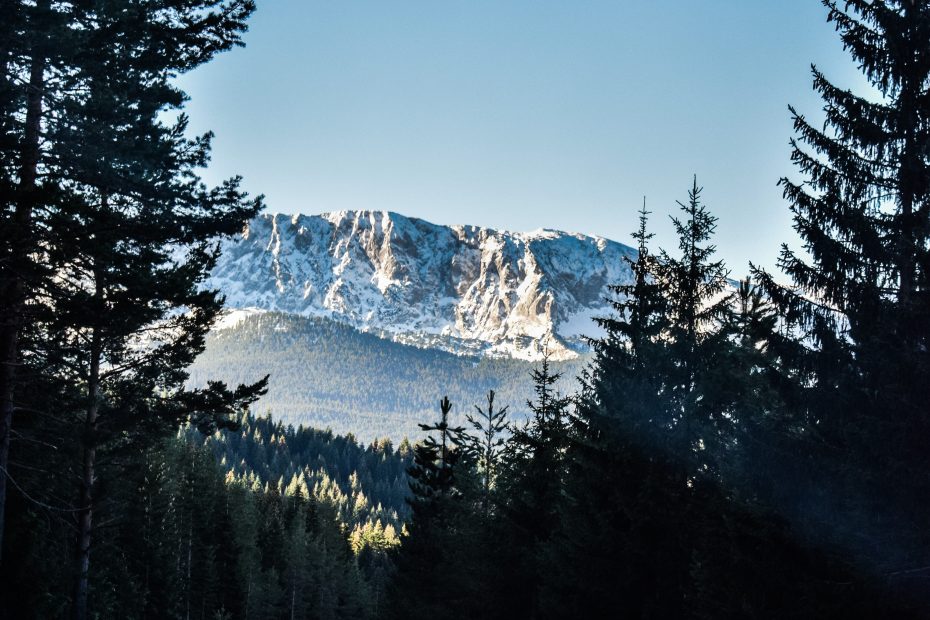Table of Contents
Introduction
Kosovo is a fascinating country that seamlessly blends Ottoman legacy with contemporary charm across its major cities. After centuries under the Ottoman Empire and decades under Yugoslavia, Kosovo finally declared independence in 2008. While political struggles persist, Kosovo offers intrepid travelers a vibrant blend of historic architecture, rejuvenated urban centers, trendy cafes, quality restaurants, and an exciting nightlife scene. Journeying through Kosovo is like stepping into the past while experiencing the energy of the present. Let’s explore some highlights across Kosovo’s most captivating cities.
Pristina – Capital and Largest City
Pristina is Kosovo’s largest city and energetic capital. Ottoman rule has left its imprint with landmarks like the Grand Mosque in the old town and the 15th century Bazaar. Stroll the Emin Gjiku Ethnographic Museum to see Kosovar culture and traditions. But Pristina also looks to the future with its sleek high-rises and constant hum. Grab a macchiato at one of the city’s hip cafes before enjoying the pulsing nightclubs after dark. With its universities and young population, Pristina epitomizes Kosovo’s dynamism.
Prizren – Historic Architecture and Riverside Cafes
Wandering Prizren’s cobbled streets and Ottoman architecture transports you back centuries, yet the city buzzes with vivid life. In Shadervan Square, the 16th century Sinan Pasha Mosque and old hamam (Turkish bath) showcase Prizren’s Ottoman heritage. But the city also flaunts trendy riverside cafes and restaurants perfect for soaking up the energetic vibe. Climb to the hilltop Kalaja Fortress for sweeping valley views. Prizren seamlessly fuses past grandeur with invigorating urban experiences.
Peja – Mountainous City with Monasteries and Breweries
Tucked beneath the mountains, Peja displays Kosovo’s diverse faiths. The Ottoman-era Haxhi Zeka house reflects Islamic history, while the Patron Saint Church honors the town’s Roman Catholicism. Peja also enjoys sublime Rugova Valley views and proximity to famous monasteries like the 14th century Visoki Dečani. Local wineries and craft microbreweries add Balkan flavor. Peja encapsulates Kosovo’s multifaceted cultural landscape.
Gjakova – Historic Bazaar and Nearby Canyons
Gjakova’s Çarshia e Madhe pedestrian area transports you back to its 16th century Ottoman Bazaar origins with shops, crafts, and eateries still lining the cobblestones. The Hadum Mosque dates back to 1594. But Gjakova also lures adventure seekers to the nearby Accursed Mountains. Rugged hiking trails like those along stunning Junik Canyon offer heart-pumping treks. Gjakova fuses Ottoman legacy with outdoor escapades.
Ferizaj – Taverns and Mountain Scenery
Ferizaj has persevered through Serbia’s brutal military occupation and emerged with poignant resilience. Browse the lively green market before relaxing over sumptuous grilled meats and wine at a traditional taverna. Nearby, the tranquil Shala River winds through the mountains with shimmering turquoise waters. Ferizaj exemplifies the strength and beauty of the Kosovar people.
Mitrovica – Divided City and French Influences
Mitrovica remains bitterly divided between ethnic Albanians and Serbs, with tensions centered around the controversial bridge over the Ibar River. But if you look past the politics, you’ll find diverse architecture like French-inspired buildings. You can also take a unique wine tour along the terraced vineyards. Mitrovica encapsulates Kosovo’s complicated path to the present.
Conclusion
From rejuvenated capitals like Pristina to historic strongholds like Prizren, Kosovo offers captivating urban experiences. Ottoman mosques, cobblestone alleys, and bustling modern cafes exist side-by-side. Kosovo’s cities highlight its blend of tenacious heritage and youthful optimism. For travelers seeking destinations with rich history and exciting present-day moments, Kosovo delivers.
FAQs:
What is Kosovo best known for?
Kosovo is best known for its rich Ottoman architectural legacy combined with its vibrant modern urban centers, trendy cafes, and pulsing nightlife.
When did Kosovo gain independence?
After decades as part of Yugoslavia, Kosovo unilaterally declared independence in 2008. However, the status of Kosovo remains disputed.
What languages are spoken in Kosovo?
The most widely spoken languages are Albanian and Serbian. Many Kosovars also speak conversational English.
What religions are practiced in Kosovo?
The majority of Kosovars are Muslim, usually Sunni. There are also Orthodox Christian and Roman Catholic followers.
What are the top things to see and do in Kosovo?
Top sights include Ottoman landmarks like mosques and bazaars, pedestrian streets lined with shops and eateries, historic fortresses and monasteries, mountain trekking, and experiencing the cafes and nightlife in Pristina and Prizren.
